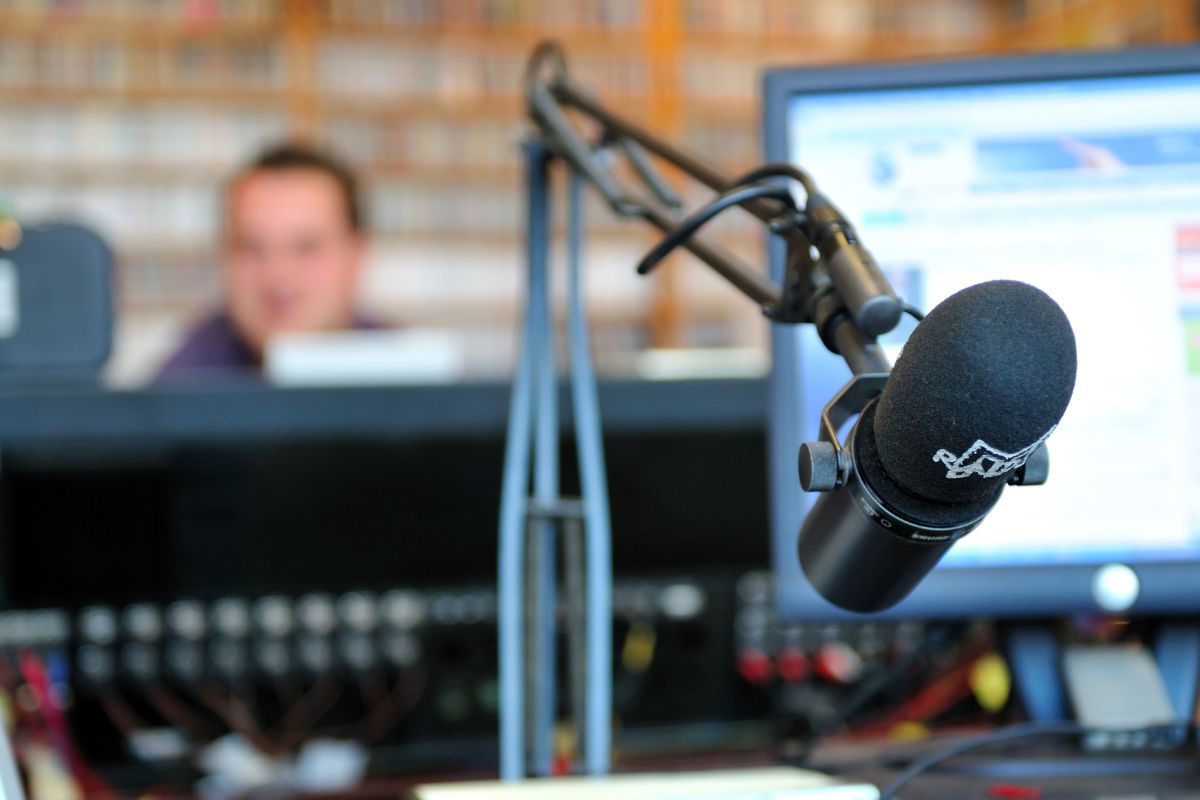As social media popularity begins to soar, and television takes over, is radio fading out? This is one of the most asked questions that this article will try to find answers to. Technological advancement and innovations continue to shake the feet of radio but it seems this wireless medium continues to weather the storm.
In the days of traditional AM radio, FM frequencies, now online platforms and digital broadcasts, radio seems to be embracing technology in a big way. You can now listen to the radio anywhere on your phone, on your computer, smart speakers and even stream online. Radio stations like Air Media Samoa, dedicated to celebrating the rich culture and community of Samoa can give you access to what is happening in the community even if you are not there. The future of radio is full of excitement and we are here for it. Here are the trends and innovations that is shaping the future of radio:
Table of Contents
Online Streaming
The shift from traditional FM/AM radio to online streaming might be one of the most popular changes. Thanks to internet connection, you can now listen to the radio from anywhere and across borders without hassle. This means you have access to what is going on across the world, out of the local markets. There are various online streaming platforms like Spotify, Apple Music, TuneIn and even Air Media Samoa which include live radio, offering not only music but also talk shows, news, and sports. This is a great option for people who want to consume information on the go.
Digital Radio
Digital radio, with platforms like DAB+ and Internet radio, offers superior sound quality and a wider range of channels. DAB+ (Digital Audio Broadcasting) is gaining popularity in many regions, providing listeners with a higher-quality audio experience and a wider variety of channels.
Smart Speakers & Voice Assistants
Hey Siri, can you play Air Media Samoa? Whether it’s Siri, Alexa, or Google Home, all you need is to ask voice assistants to play your favourite radio stations and it will be done. Smart speakers and voice assistants have made it easier than ever to tune into radio stations without being limited to physical dialling or apps. This seamless integration has made radio more accessible and convenient than ever before.
The Rise of Podcasts
Radio stations are also collaborating with podcasters, producing their own podcasts and distributing those from independent creators. Podcasts allow listeners to tune in wherever they are, whenever and however they want. This allows stations to reach new audiences and offer a different range of content.
Personalised Content
Personalized listening experiences, powered by data analytics and AI, have become increasingly common. AI analyses audience listening habits and preferences, in order to suggest personalised content that they will love. Listeners also expect personalised content, and by offering personalised recommendations, radio stations can offer a more tailored experience, increasing listener satisfaction and loyalty.
Immersive Experiences
Engaging or interactive audio experiences that include 360 audio drama have also been on the increase. Many radio stations today are running ‘mini-movies,’ high-quality audio that engages the audience, transporting them to a new intriguing journey within the play. There is also 360 audio that surrounds the audience, creating an immersive streaming experience that is as real as if they are there.
Local News
some radio stations like Air Media Samoa are focused on local news, events, and culture which can help strengthen the bond between radio stations and their communities. Many stations are actively involved in local initiatives and events. Radio stations play a vital role in keeping listeners informed about local happenings, supporting community initiatives, and fostering a sense of belonging.
Smart Cars & In-Car Connectivity
Innovation is also happening in how we use radio in cars. Smart cars are making it easier to connect to digital radio, giving drivers access to happenings around them and across the globe. ar dashboards now support apps like Spotify, Pandora, and Apple Podcasts, making radio more interactive. With internet connectivity, drivers can enjoy their favourite stations without having to fumble with the frequency.
Interactive Radio Shows
Radio stations are getting more innovative coming up with real-time audience interaction through social media, apps, and live call-ins. Listeners can vote on song choices, participate in live polls, or engage with the host through chat features. This brings more connection between the host and its audience, engaging them in a more personal way.
Overall, the future of radio is about giving listeners more control—more ways to listen, more shows to choose from, and more opportunities to interact with their favorite hosts. These trends and innovations show that radio is not just surviving but thriving in the digital age. While many think radio is now taking a back seat, it appears, it is embracing the digital age in a good way. Thanks to technology in helping to offer different listening experiences, radio will always find its way to its fans.
















